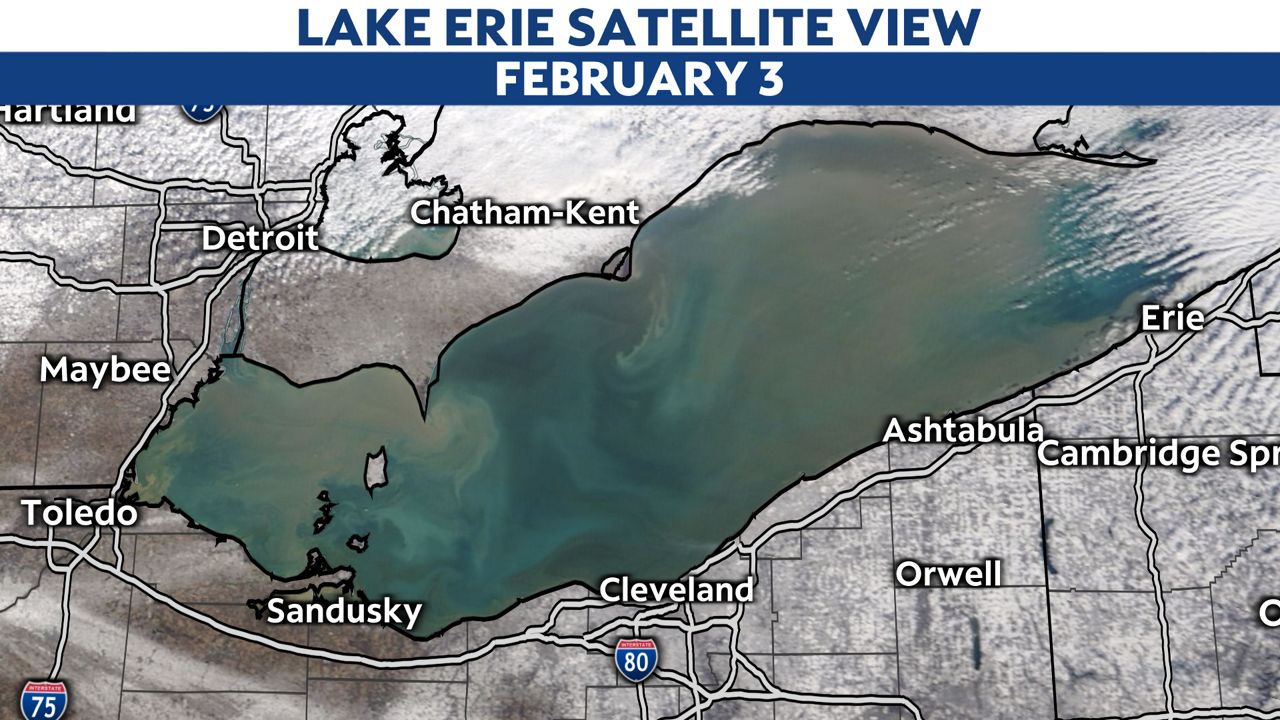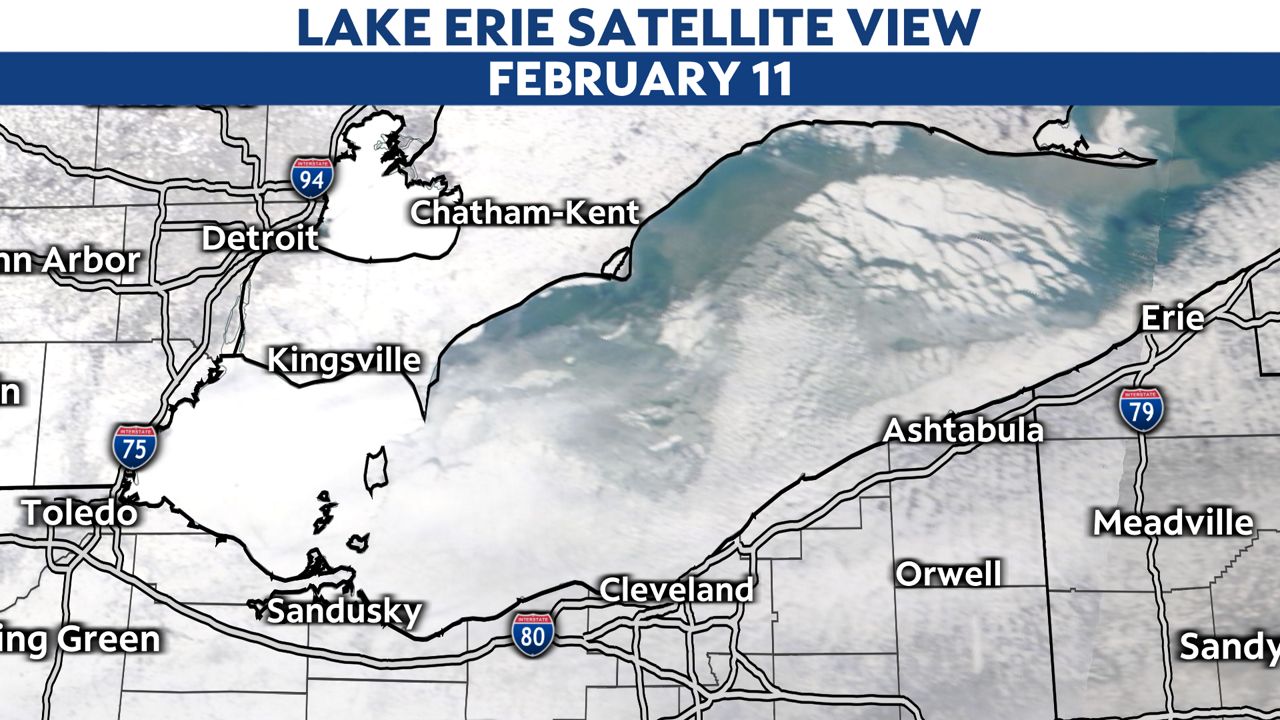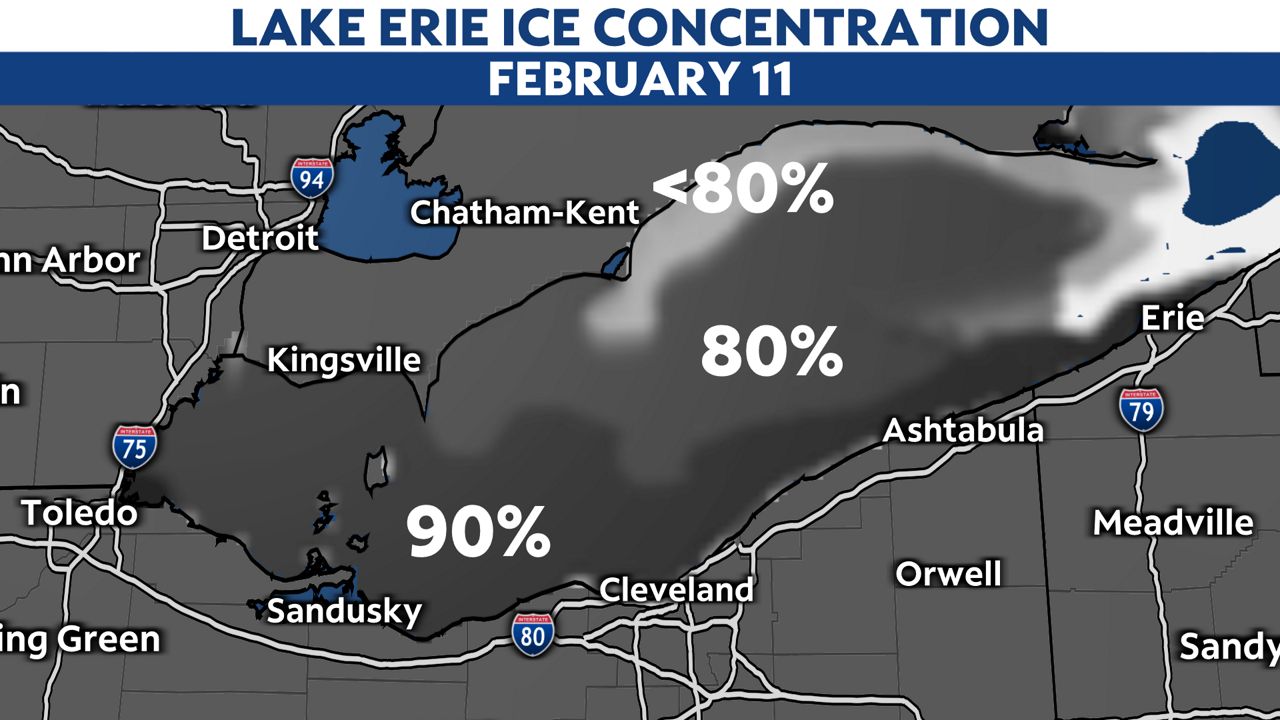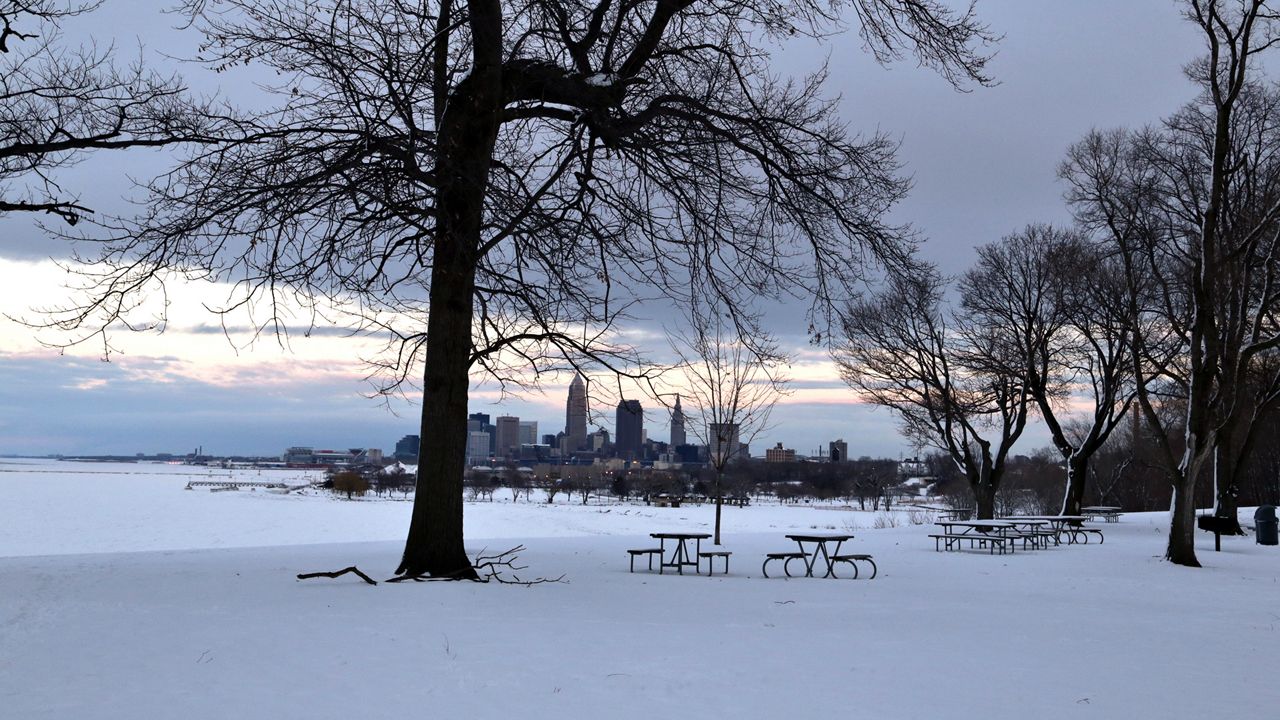Lake Erie is the shallowest of all the Great Lakes and is usually the first to develop ice cover during the cold months of winter.
However, in mid-January 2021, less than 2% of Lake Erie's surface showed any kind of ice cover. This has been bad news for area ice fishermen who depend on the cold winter months. Water temperatures were running well above average through January.

But all of that changed when February started.
The cold finally arrived in late January and Lake Erie water temperatures started to plummet. For most of northern Ohio, temperatures have only been above freezing – and not by much – for five of the last twenty days. In just about a week, the ice cover on Lake Erie went from about 15% on February 3 to near 80% by February 10.

There are no signs the cold will release its grip on the Ohio Valley anytime soon, so the ice cover will likely only grow. This has been a great change for ice fisherman in hopes of a better season.

While the maximum ice coverage greatly varies from season to season, ice coverage has been dwindling on the Great Lakes over the last several years. Experts believe climate change and other factors are contributing to about a five percent decline in the amount of ice each decade since records were started in 1973. Lake Suprerior has seen the most rapid decline in annual ice coverage.
Interestingly, when the Great Lakes have less ice coverage, the number of lake-effect snow events tends to increase. When water temperatures are unusually warm, more moisture reaches the air above when arctic air does come in, firing up the lake-effect snow machine!
With ice now covering the majority of Lake Erie, we will likely see a significant decline in the amount of lake-effect snow burying the snow belt of northeast Ohio. However, any warm spell that comes along and melts the ice can rapidly change the enviornment - then look out!



